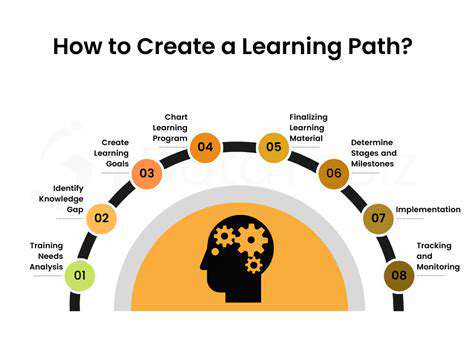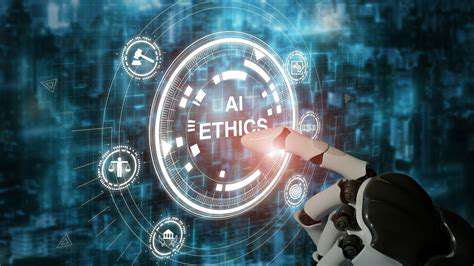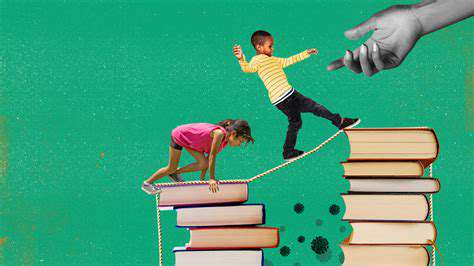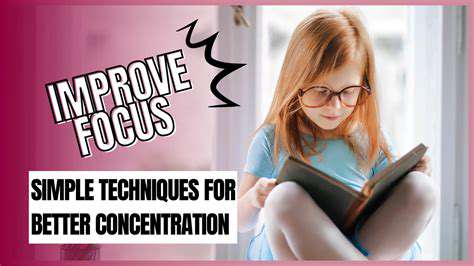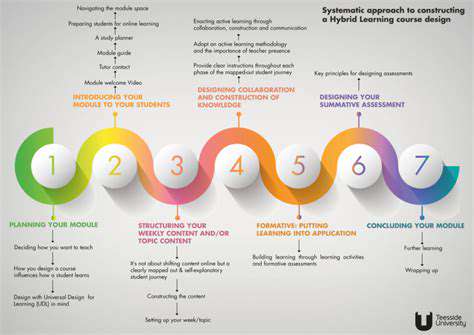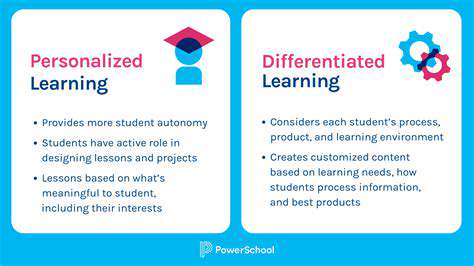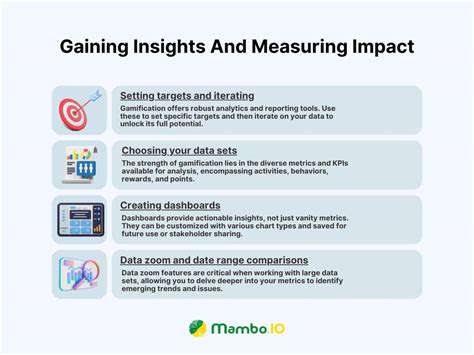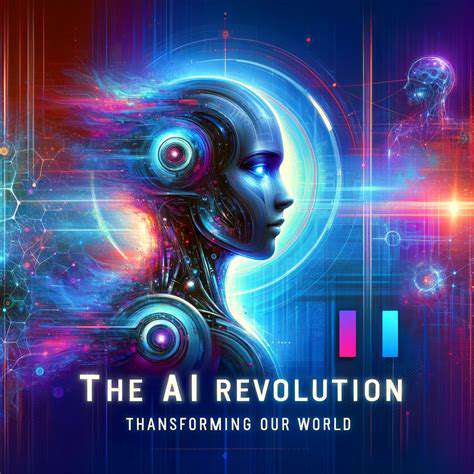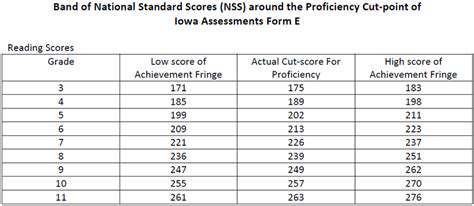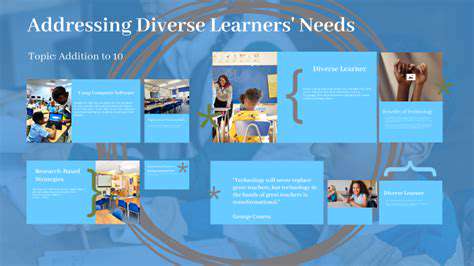Continuous Professional Learning for Hybrid Teachers: Adapt and Thrive
The Evolving Landscape of Hybrid Education
The Rise of Flexible Learning Models
Educational institutions worldwide are witnessing a transformation in how knowledge is delivered, with hybrid models at the forefront. These innovative approaches combine traditional classroom settings with digital platforms, creating adaptable learning environments. What makes this shift remarkable is its ability to accommodate various learning preferences while maintaining academic rigor. Students now enjoy unprecedented flexibility, choosing between live virtual sessions, pre-recorded lectures, or in-person discussions based on their individual schedules and learning styles.
Technology Integration and Enhanced Accessibility
Modern education increasingly relies on technological solutions to bridge geographical and physical barriers. Interactive whiteboards, cloud-based collaboration tools, and AI-assisted learning platforms have become standard components of today's classrooms. More importantly, these technological advancements have opened doors for learners with disabilities through features like screen readers, voice-to-text software, and adjustable display settings. Such innovations demonstrate how technology can create truly inclusive learning spaces that cater to diverse needs.
Personalized Learning Pathways and Student Agency
The most significant advantage of blended learning lies in its capacity for customization. Educators can now design learning experiences that adapt to each student's progress, offering additional resources when needed or advanced materials for quick learners. This individualized approach fosters greater engagement as students develop ownership of their educational journey. When learners can influence the pace and method of instruction, they become active participants rather than passive recipients of knowledge.
Challenges and Considerations in Implementation
Transitioning to effective hybrid education requires careful planning and resource allocation. Schools must ensure all students have equal access to necessary technology, which sometimes means providing devices or internet subsidies. Faculty development programs become crucial as teachers adapt their instructional methods for digital environments. The human element remains vital - even with advanced technology, meaningful teacher-student relationships form the foundation of successful learning.
Continuous Professional Development for Educators
As educational paradigms shift, teacher training programs must evolve accordingly. Professional learning communities where educators share best practices have proven particularly valuable. Workshops on digital pedagogy, online engagement strategies, and data-driven instruction help teachers maximize the potential of hybrid models. Investing in educator growth ultimately benefits students by ensuring high-quality instruction across all learning modalities.
Cultivating Differentiated Instruction in Blended Environments
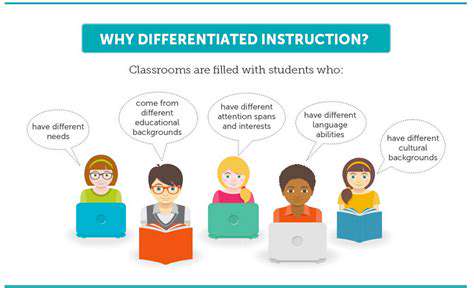
Understanding the Principles of Differentiated Instruction
Modern educators recognize that effective teaching isn't one-size-fits-all. Differentiated instruction acknowledges the natural variation in how students process information and demonstrate understanding. This approach requires teachers to become skilled observers of student needs while maintaining consistent learning objectives. The art of differentiation lies in providing multiple pathways to the same destination.
Adapting Curriculum Materials
Resourceful educators employ various strategies to modify instructional materials. They might create tiered assignments with varying complexity levels or design choice boards that allow students to select their preferred demonstration method. Some teachers develop learning menus that offer different ways to explore the same concept. This flexibility ensures all learners can engage with content at their appropriate challenge level.
Catering to Diverse Learning Styles
Contemporary classrooms serve students with remarkably different learning preferences. Some learners grasp concepts best through visual representations, while others prefer hands-on experimentation or verbal explanations. Effective teachers consciously incorporate multiple modalities into each lesson, ensuring no student gets left behind due to instructional style mismatches. Digital tools have made this easier than ever, with interactive simulations, video explanations, and audio recordings available at the click of a button.
Utilizing Assessment Strategies for Feedback
Regular check-ins provide the pulse of student understanding in differentiated classrooms. Quick formative assessments like exit tickets or think-pair-share activities offer immediate insight into learning gaps. More comprehensive portfolio assessments track progress over time. The most successful teachers use these data points to adjust instruction dynamically rather than waiting for end-of-unit tests.
Creating a Supportive and Inclusive Classroom Environment
A truly differentiated classroom celebrates diversity in all its forms. Teachers establish norms that value different perspectives and approaches to problem-solving. They model how to give and receive constructive feedback, creating a culture where mistakes become learning opportunities. This psychological safety allows students to take the intellectual risks necessary for deep learning.
Collaboration and Communication with Parents and Peers
Home-school connections take on added importance in differentiated learning environments. Regular updates about instructional approaches help families support their children's learning journeys. Peer collaboration also plays a critical role, as students often learn best when explaining concepts to classmates. These partnerships create concentric circles of support around each learner, enhancing educational outcomes.
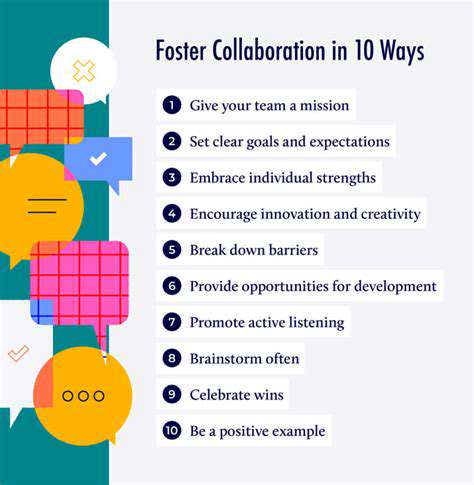
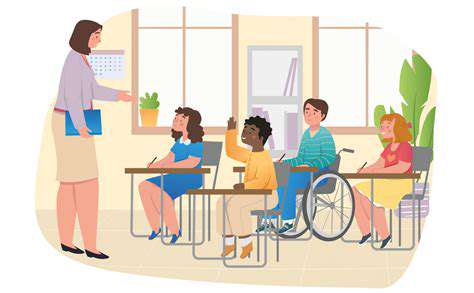
Read more about Continuous Professional Learning for Hybrid Teachers: Adapt and Thrive
Hot Recommendations
- The Gamified Parent Teacher Conference: Engaging Stakeholders
- Gamification in Education: Making Learning Irresistibly Fun
- The Future of School Libraries: AI for Personalized Recommendations
- EdTech and the Future of Creative Industries
- Empowering Student Choice: The Core of Personalized Learning
- Building Community in a Hybrid Learning Setting
- VR for Special Education: Tailored Immersive Experiences
- Measuring the True Value of EdTech: Beyond Adoption Rates
- Addressing Digital Divide in AI Educational Access
- Preparing the Workforce for AI Integration in Their Careers
